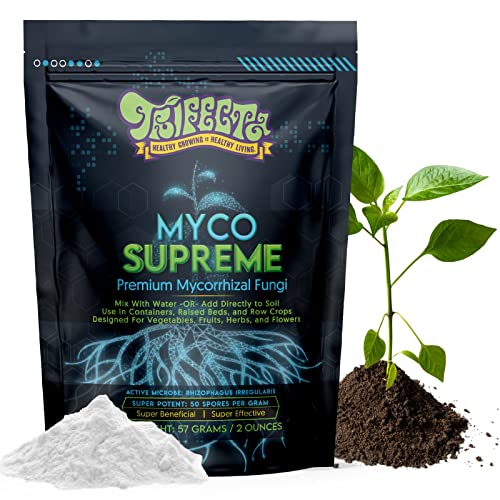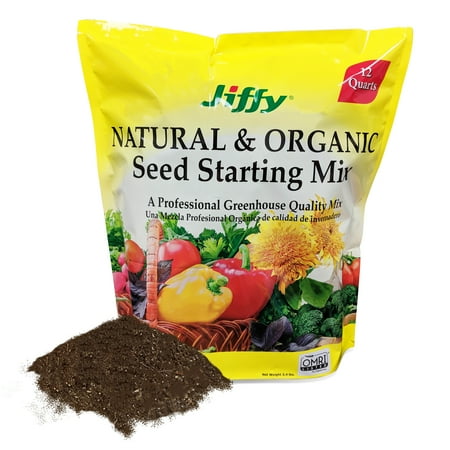How to grow lychee – a tropical tree expert outlines the key areas you must get right to unlock the beauty and bounty of a lychee tree
Warmth, drainage, watering, and patience are key to success with lychee

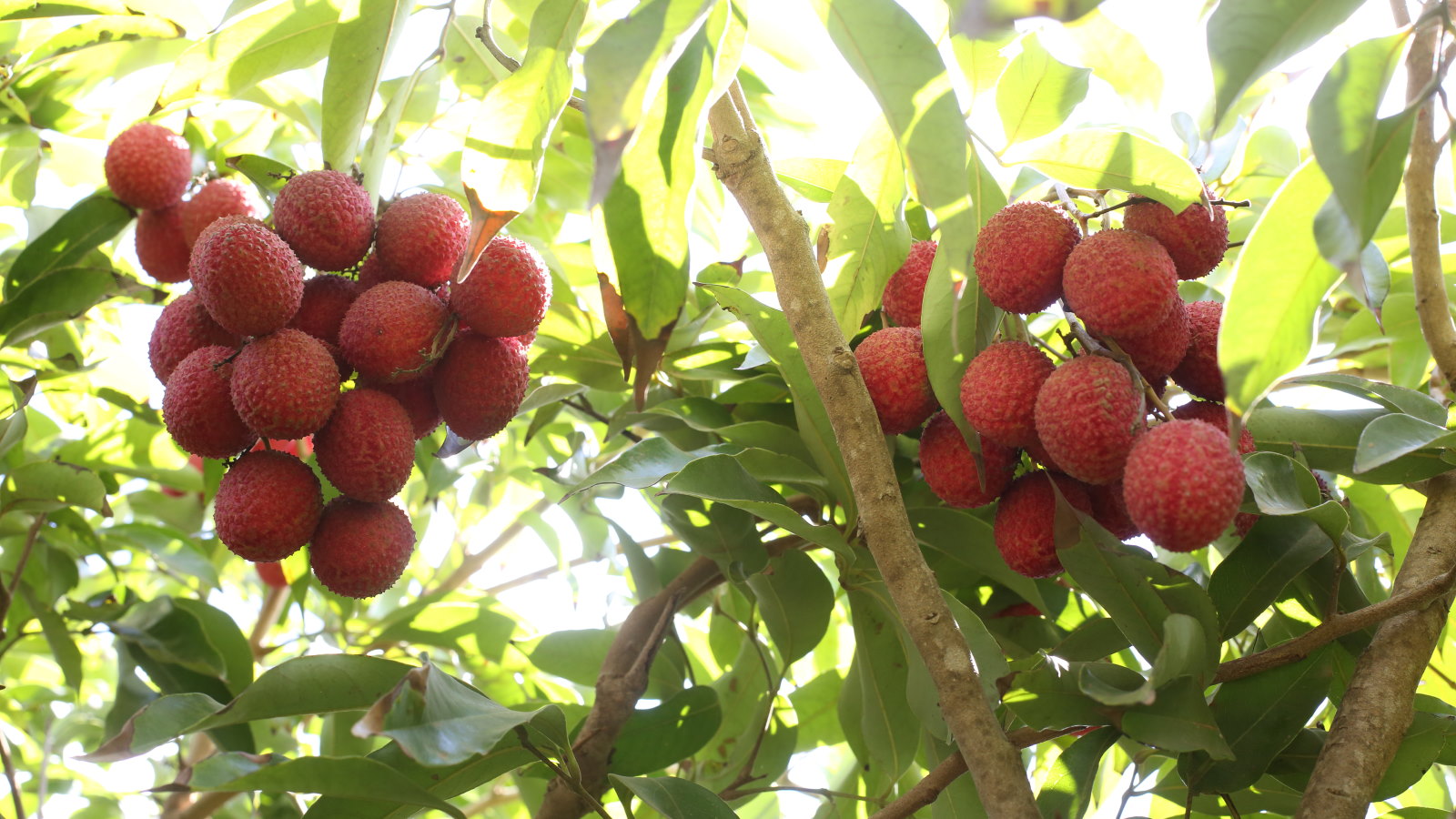
Lychee is a unique tropical fruit tree with distinctive fruits that appear like strawberries covered with rough, dimpled skin. The exotic fruits are a staple in Asian markets and are now increasingly seen in grocery stores. But can you grow lychee at home?
The answer is that you can, but it is a challenge and whether it is worth trying may depend on your climate, the size of your garden, and the level of your patience. To help reveal how to grow lychee, I got tips from a tropical fruit expert to cover all you need to know for success.
Lychee can be bought as young plants to be grown in the ground and containers or grown from seed if you want even more of a challenge. This in-depth guide to how to grow lychee looks at everything from planting the fruit tree through watering, feeding, pruning, and ultimately harvesting the sweet fruits.
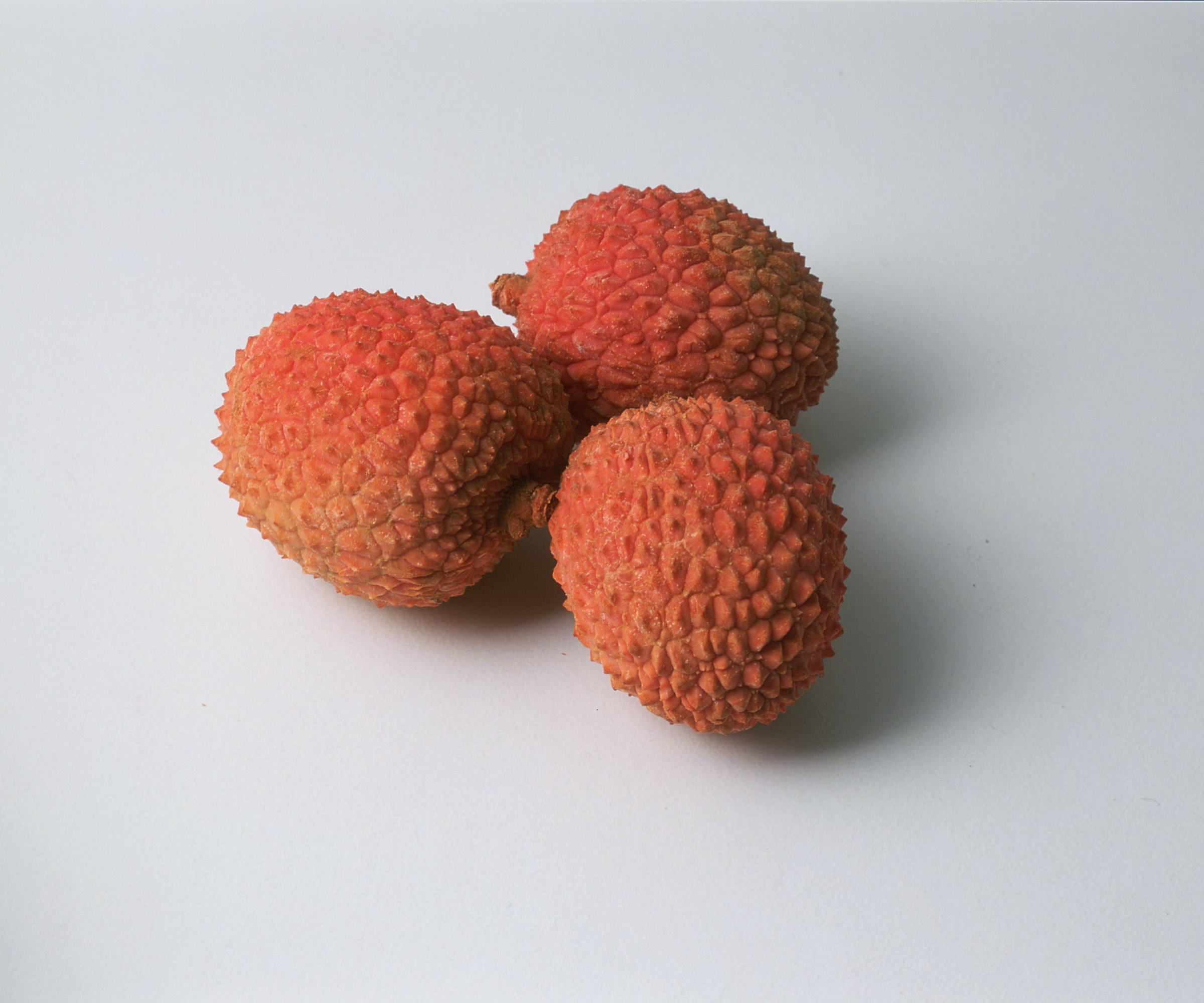
How to grow lychee - an expert guide
Lychee (Litchi chinensis) is a slow-growing tropical evergreen tree and a native plant to southern China. It has been grown in Southeast Asia for thousands of years. Prized for attractive foliage and bountiful fruit clusters, lychee can be challenging to cultivate as part of backyard ideas.
How to grow lychee - planting tips
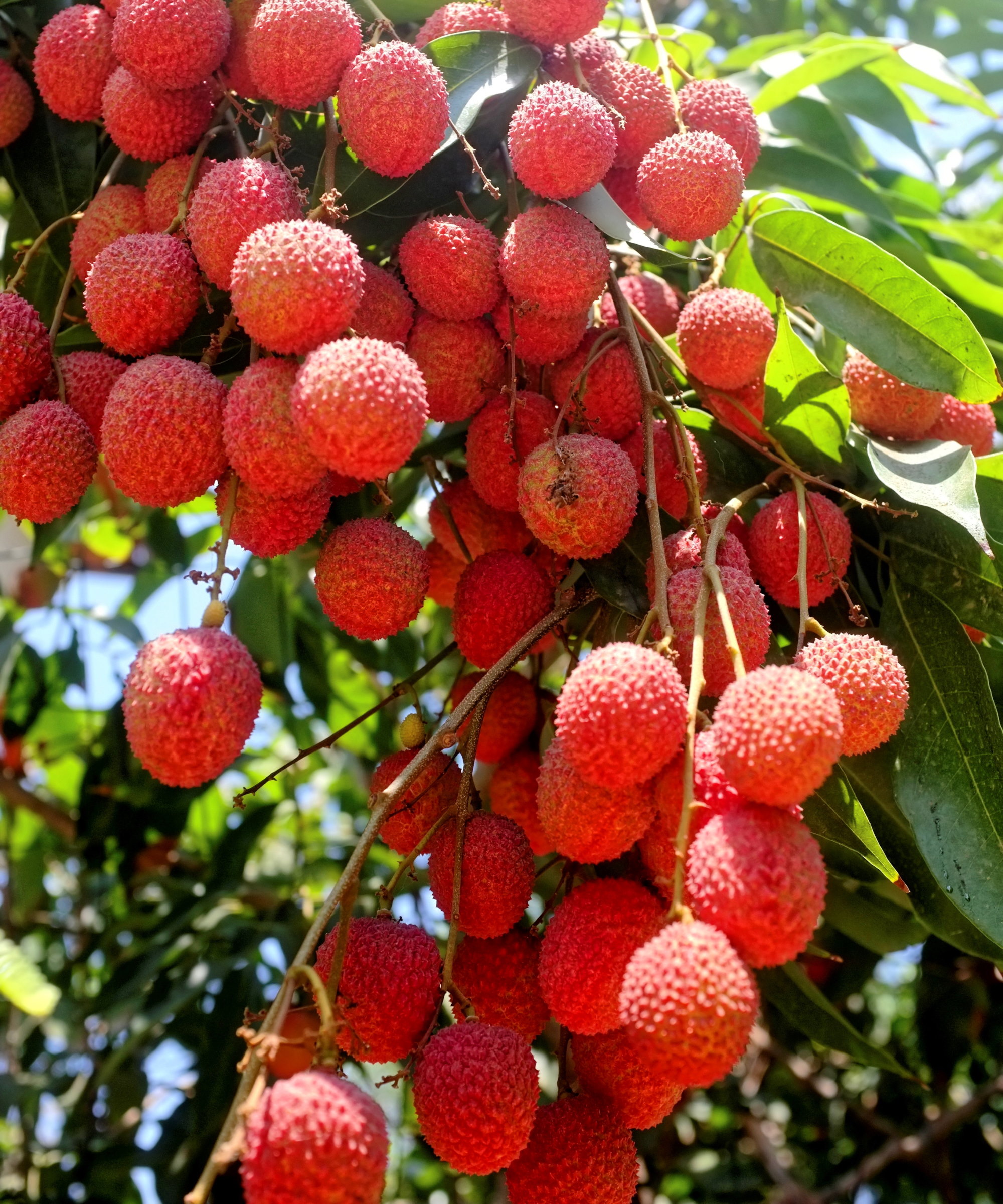
Lychee thrives in tropical and subtropical climates, such as US hardiness zones 10 and 11. It wants warm and humid summers and cool, dry winters with no freezing temperatures. Mature lychee trees can tolerate temperatures as low as 25°F, but cold temperatures will damage young trees.
If you live in a colder climate, you can grow the fruit trees in pots and bring them indoors into a greenhouse, conservatory, or porch for winter. The trees want to spend spring and summer outdoors to ensure pollination, so, unless they are in a greenhouse, growing them as indoor fruit trees year-round will see them not bear fruit.
An ideal location for lychee is full sun, promoting vigorous growth and optimal fruit development. Pick a spot that gets at least six to eight hours of direct sunlight daily and is protected from damaging winds.
Design expertise in your inbox – from inspiring decorating ideas and beautiful celebrity homes to practical gardening advice and shopping round-ups.
Tatiana Anderson from Top Tropicals says that well-drained, slightly acidic soils rich in organic matter are ‘ideal’ for growing lychee. The tropical fruit expert also warns against planting lychee in certain other soil types. She says: ‘Avoid heavy clay soils or areas prone to waterlogging, as lychee trees are susceptible to root rot.’
Lychee can grow up to 40 feet tall and must be given sufficient space. Plant lychee at least 20 feet away from structures or other trees - as cramping the trees can impact their growth and harvest.
Lychee can be purchased as container-grown trees or propagated via air layering or seed. Once the risk of frost has passed, spring is the ideal time to plant fruit trees in the yard. Add a sprinkle of mycorrhizal fungi to the roots to help promote strong growth.
‘Mycorrhiza plays a crucial role by enhancing the nutrient uptake of lychee trees, particularly phosphorus, leading to better growth and fruit production, especially in soils with low phosphorus availability,’ hails Tatiana Anderson.

Tatiana Anderson is the co-owner and co-founder of Top Tropicals, based in Fort Myers, Florida. Top Tropicals grow and sell a whole range of flowering and fruiting tropical plants. You can discover a range of lychee fruit trees available at Top Tropicals.
How to grow lychee - care tips
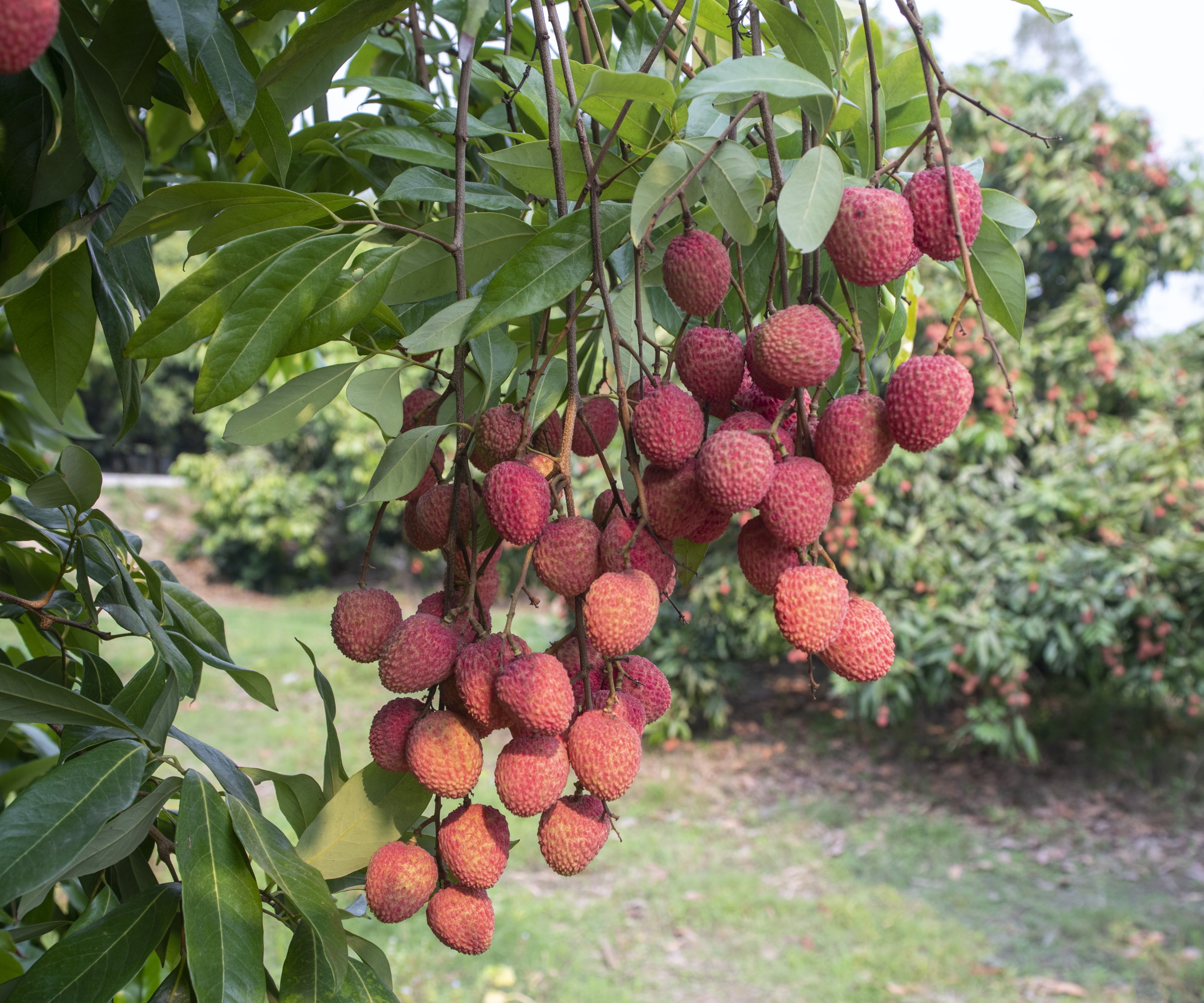
- Watering - Lychees need consistent watering throughout the year. It is especially crucial to keep the soil moist during dry periods in summer. Young trees will require frequent watering to establish, though even mature trees will benefit from regular deep watering during warmer months. As mentioned earlier, avoid overwatering, as lychee trees are sensitive to waterlogged conditions. Mulching around the base of trees with organic matter, such as compost, bark, or wood chips, can help retain moisture in the ground and regulate the soil temperature.
- Fertilizing - Lychee trees need feeding during the growing season to support healthy growth and fruit development. Using a natural, balanced fertilizer is preferable and it is important to avoid giving the tree too much nitrogen - which can inhibit flowering. Fertilize in spring and summer with an organic fruit tree fertilizer, such as this natural fruit tree fertilizer available at Amazon, and always apply at the recommended rates to avoid burning the lychee’s sensitive roots.
- Pruning - Tatiana Anderson advises that ‘mimimal pruning is required’ with lychee trees. As for how to prune the fruit trees, she recommends: ‘Pruning after harvest can encourage new growth. Remove dead or diseased branches and shape the tree to maintain its structure.’ The trees crop in early summer, with the ideal time to prune the fruit tree coming at, or shortly after, harvest time. Trimming off new growth at this time helps to keep the fruiting consistent.
- Harvesting - It can take 3-5 years for lychee tree to start fruiting reliably. The tree blooms in early spring and the fruit ripens in early summer. The best indicator of ripe lychee is the color and waiting till the right moment ensures you get usable fruits. ‘Wait until the fruit's skin turns bright red or pink, indicating full ripeness. Lychees do not ripen off the tree, so it's essential to harvest at the right time,’ says Tatiana Anderson. The fruits ripen at different times, so it is best to check clusters regularly, track the color, and do taste tests to check the sweetness, to get fruits at the optimal time. Use a pair of clean and sharp pruning shears to cut the clusters from the tree when the fruits are ripe. Lychees are best used fresh within a few days of picking, however, they can be stored in a refrigerator for up to a week.
How to grow lychee from seed
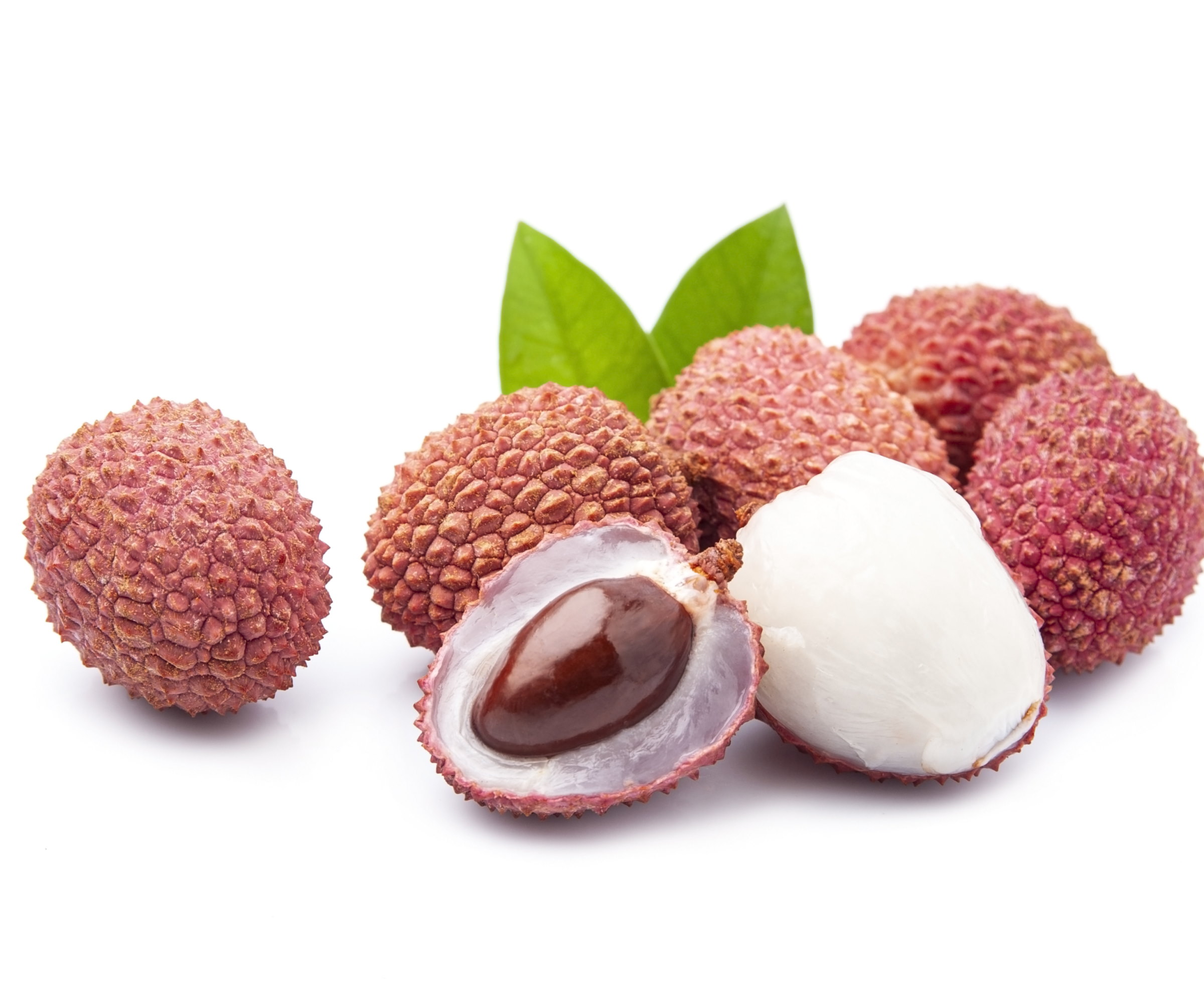
You can grow lychee from seeds saved from homegrown or store-bought fruit. The downside is that fruits sold in grocery stores may be hybrid and there is no guarantee the resulting fruit matches the parent plant. Also, growing lychee from seed can require patience as it takes 5-20 years to produce fruit.
Save the seed and soak it in water for three days - this softens and cracks the seed’s outer layer. Plant the lychee seed an inch deep into an individual pot filled with well-draining potting soil and place it somewhere warm between 75-90°F. Keep the soil moist but not waterlogged and seed germination should take 2-4 weeks.
Put the lychee seedlings into a sunny spot once they emerge and be patient. They can be very slow-growing for the first few years and will require putting into a larger container before being planted outside.
FAQs
What is the lifespan of a lychee tree?
A lychee tree can have a long lifespan and potentially live for over 100 years.
Another distinctive, and increasingly trendy, tropical fruit for growing in warmer tropical climates is jackfruit. The exotic fruit tree loves tropical and subtropical climates and jackfruit flesh has become very popular as a meat substitute in vegan dishes. See our guide to how to grow a jackfruit tree for in-depth planting and care guidance if you want to add a characterful jackfruit tree to your backyard collection of fruit trees - they are even suitable for growing in large pots.

Drew has worked as a writer since 2008 and was also a professional gardener for many years. As a trained horticulturist, he worked in prestigious historic gardens, including Hanbury Hall and the world-famous Hidcote Manor Garden. He also spent time as a specialist kitchen gardener at Soho Farmhouse and Netherby Hall, where he grew vegetables, fruit, herbs, and cut flowers for restaurants. Drew has written for numerous print and online publications and is an allotment holder and garden blogger. He is shortlisted for the Digital Gardening Writer of the Year at the 2025 Garden Media Guild Awards.
